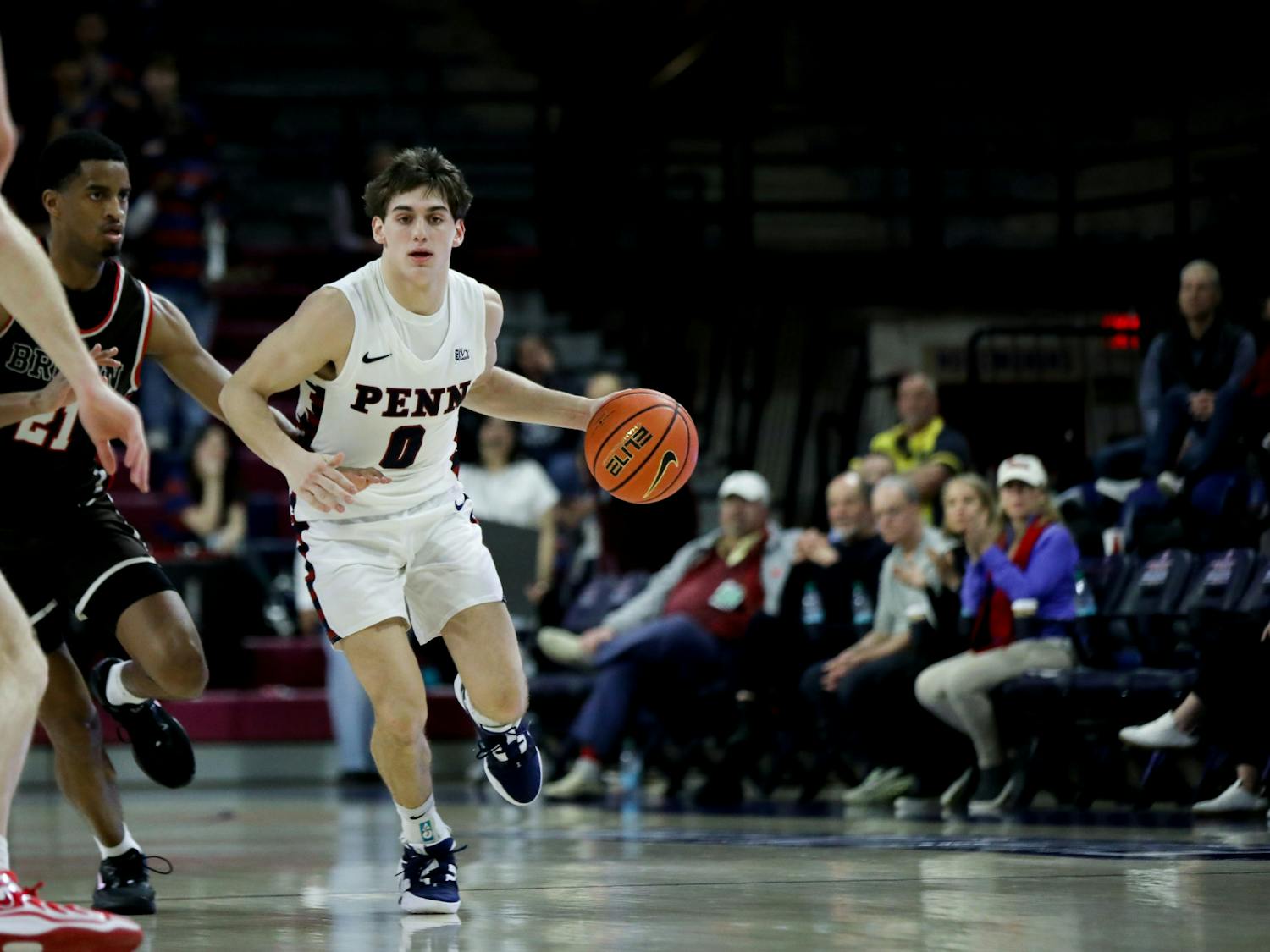It has been more than a year since the Student Activities Council implemented the current moratorium, causing many new student groups to miss out on funding. Recently, a petition led by College senior and former Undergraduate Assembly member Nikolai Zapertov was submitted to the UA — calling on SAC to be more transparent in how it makes decisions about the moratorium.
The Daily Pennsylvanian takes a look at the history behind the moratorium and what’s currently happening.
A Second Moratorium
In the fall of last year, SAC issued a moratorium at their general body meeting in order to avoid bankruptcy — the second time it had done so within less than two years. Under the moratorium, SAC does not recognize new groups but continues to support about 150 clubs that are already recognized. SAC recognition allows groups benefits such as access to certain on-campus spaces and funding for events. This money is allocated to SAC by the Undergraduate Assembly and originates in the general fee that students pay in their tuition.
SAC implemented this second moratorium to avoid bankruptcy, as their reserve had been depleting steadily for the last five years. Although the SAC budget increased 7.5 percent that year in 2012 from 2011, facilities costs increased by about 15 percent. Rising facilities costs, according to current SAC chair and College senior Jen Chaquette, was the main issue that led SAC to issue the moratorium.
Previously, a moratorium had been instituted in January 2011 to confront issues of carryover debt from student clubs. In the 2012-2013 school year, SAC faced a carryover debt of $40,000, a number that SAC has since lowered to $9,000 this fall.
Related: Student groups speak out against SAC moratorium
This school year, SAC plans to resolve the remaining debt by working out repayment plans with the 15-20 clubs that are still in debt. According to Chaquette, these repayment plans will include fundraising, seeking other funding and budget cuts.

As the second moratorium reached a second semester, the UA and SAC began reaching out to the administration for help, Wharton senior and UA Treasurer Tiffany Zhu said.
The student government leaders met with the heads of facilities at the Annenberg Center, the Penn Museum and the Perelman Quadrangle, among others, who agreed to provide a list of spaces and prices. Zhu hopes that “groups will utilize this to start picking their spaces more economically, and [it] will help their costs in this regard.”
These lists are not yet finished.
Lack of transparency
At the beginning of this school year, former UA representative Zapertov reached out to SAC and the Office of Student Affairs for information on the moratorium, specifically the names of clubs that had been denied funding.
“Every time I tried to inquire about these [questions] I was rebutted,” he said. From SAC and OSA he heard either that the information was not kept in records or that these records were not public. At a SAC meeting last week, Zapertov tried to bring up the topic of the moratorium. However, since SAC is not an open forum, he was unable to speak.
Related: Petition calls for SAC transparency on moratorium
Others, like College junior Seth Koren, have also begun calling for more transparency from SAC specifically relating to the moratorium.
Koren is the president of non-SAC recognized group Penn Secular Society but he is also the co-president of Penn for Liberty, a SAC-recognized group. Due to his experience with both, he is hopeful that eventually his other group will be able to seek SAC recognition once the moratorium is lifted.
When Koren reached out to SAC and OSA “inquiring about details of the moratorium … the way they responded to me — to what was a cordial question from a Penn student about a Penn student government question — the way they responded was terrible.”
Earlier this fall, Zapertov began circulating a petition demanding more transparency on the moratorium. Since SAC funding originates from students’ tuition payments, Zapertov has also questioned if SAC is allowed to even institute a moratorium.
“Not everybody’s getting their fair share,” he said.
Last year, Zapertov worked on creating the Common Funding App, along with Penn Apps Labs, to help groups find alternative funding on campus. He hopes to continue assisting clubs that are suffering due the moratorium.
Ending the Moratorium
At this past Sunday’s UA meeting, Zapertov led representatives from student groups to speak out about the moratorium and submitted his petition, which had 295 signatures.
“We want to work with him to improve our direct information outreach with the students,” Zhu said. “We’ve always emphasized the issue of the moratorium [and held it] as one of our highest priorities of this year.”
Zhu plans to utilize the contact information on the petition to reach out directly to students who have been affected by the moratorium. “It will take a while,” she said, as the petition has nearly 300 signatures, “but I think this is a great way to communicate directly with the student [body].” The UA will also communicate the student reactions to the administration.
Representatives will meet with Bill Turner, the CFO of Vice Provost for University Life, this week to discuss the causes of the moratorium and possible solutions.
“We hope that this information that SAC has prepared for him will help shed some light on the actual situation,” Zhu said, adding that normally, Turner only sees whether SAC is in debt or not, rather than the details of their funding situation.
A previous version of this article stated that Zapertov created the Common Funding App. This was a project he worked on along with Penn Apps Labs.








